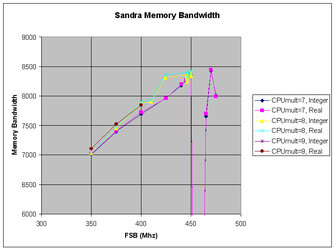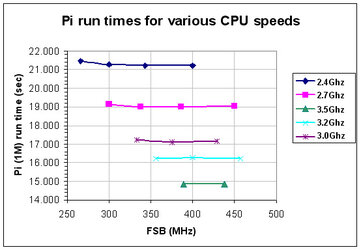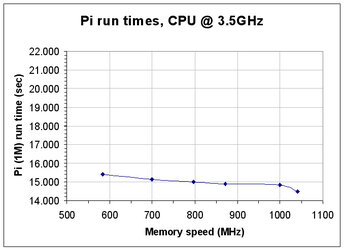- Joined
- May 22, 2005
- Location
- NY
This is probably a really newbish question, but oh well.
I know when it came to A64 overclocking RAM that overclocked well wasn't really that important. For example, if you were on a budget, you could get away with just buying cheap value RAM and running a divider. Thus, the memory didn't really hold back your overclock.
However, now I'm looking at building a C2D rig and all the overclocking guides I read all talk about overclocking the RAM 1:1 with the FSB. If this is the case I'd imagine RAM it is actually quite a bit more important on a C2D rig and could hold back your overclock?
Any insight on this and maybe some suggestions on what I should be looking for in RAM? Maybe just a quick rundown on what's good? I'm not really looking at suggestions for a particular set of sticks, but more the tech stuff. Like should I be getting DDR2-800, what types of IC's should I be looking for, etc.? I found this RAM list that lists the IC's.
http://ramlist.ath.cx/ddr2/
I know when it came to A64 overclocking RAM that overclocked well wasn't really that important. For example, if you were on a budget, you could get away with just buying cheap value RAM and running a divider. Thus, the memory didn't really hold back your overclock.
However, now I'm looking at building a C2D rig and all the overclocking guides I read all talk about overclocking the RAM 1:1 with the FSB. If this is the case I'd imagine RAM it is actually quite a bit more important on a C2D rig and could hold back your overclock?
Any insight on this and maybe some suggestions on what I should be looking for in RAM? Maybe just a quick rundown on what's good? I'm not really looking at suggestions for a particular set of sticks, but more the tech stuff. Like should I be getting DDR2-800, what types of IC's should I be looking for, etc.? I found this RAM list that lists the IC's.
http://ramlist.ath.cx/ddr2/



